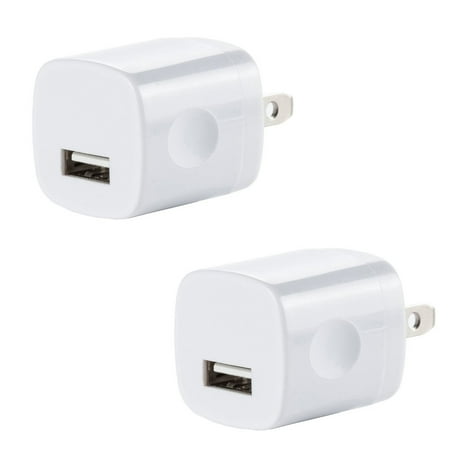Apple 10.2 Inch iPad (8th Gen, 128GB, Wi-Fi Only, Gold) with LCD Cleaning Kit
Kit Includes Apple 10.2″ iPad (8th Gen, 128GB, Wi-Fi Only, Gold) MYLF2LL/A, LCD Cleaning Kit, 2x Universal Stylus Pens. The Apple 10.2″ iPad features the Retina display with a 2160 x 1620 resolution for crisp details and vivid colors, making it an ideal companion for watching movies, creating content, and much more.
The Apple 10.2″ iPad features the Retina display with a 2160 x 1620 resolution for crisp details and vivid colors, making it an ideal companion for watching movies, creating content, and much more. The previous A10 Fusion chip is replaced with the A12 Bionic chip, which is more powerful and supports Neural Engine machine learning. Moreover, its Smart Connector offers Smart Keyboard support for comfortable typing, while its display is compatible with the 1st gen Apple Pencil, so users can write and draw. With front and back cameras, the iPad can take photos, capture video, scan documents, make FaceTime calls, and provide AR capabilities.
- Kit Includes Apple 10.2″ iPad (8th Gen, 128GB, Wi-Fi Only, Gold) MYLF2LL/A, LCD Cleaning Kit, 2x Universal Stylus Pens
- The Apple 10.2″ iPad features the Retina display with a 2160 x 1620 resolution for crisp details and vivid colors, making it an ideal companion for watching movies, creating content, and much more
- Apple A12 Bionic Chip | 10.2″ Multi-Touch Retina Display
- 2160 x 1620 Screen Resolution (264 ppi) | Wi-Fi 5 (802.11ac) | Bluetooth 4.2
Additional information
| Manufacturer Part Number | MYLF2LL/A-7 |
|---|---|
| Operating System | Apple iOS |
| Manufacturer | Apple |






Reviews
There are no reviews yet.